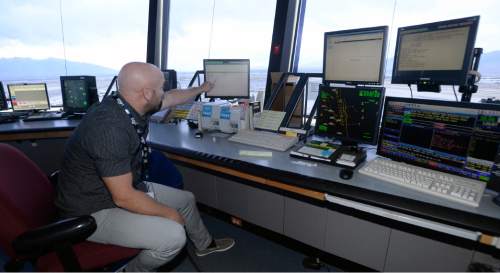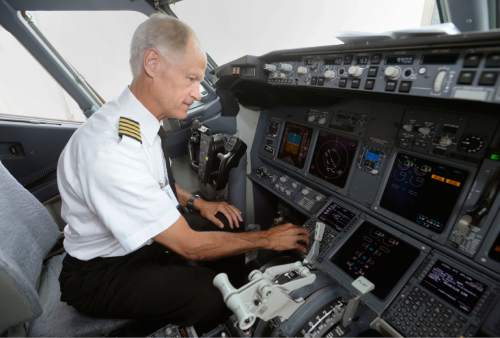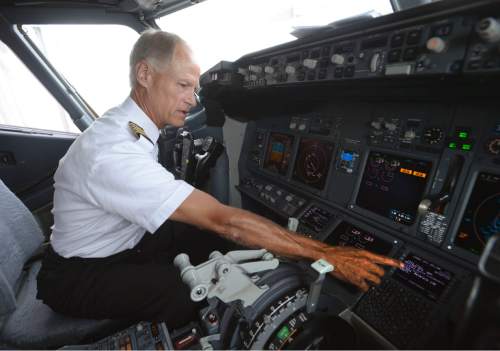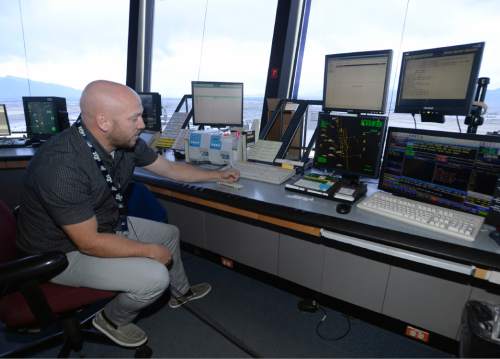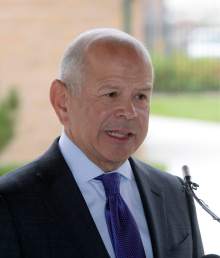This is an archived article that was published on sltrib.com in 2016, and information in the article may be outdated. It is provided only for personal research purposes and may not be reprinted.
A new leap in technology will make the friendly commercial airline skies even friendlier.
Salt Lake City Intentional Airport, Delta Air Lines and other commercial carriers are in the midst of implementing next-generation technology that makes communication between the control tower and pilots more accurate.
Data Comm, as it is called, allows air-traffic controllers and pilots to transmit flight plans, clearances, instructions and other essential communications with the touch of a button. It relies on text messaging rather than traditional radio voice communication.
Until now, controllers used voice transmission to set individual flight patterns, altitudes and air speeds. The complex instructions, spoken in coded language, would have to be repeated back to the tower from the pilot. It was time consuming and error prone, according to Jesse Wijntjes, Data Comm program manager. If the pilot did not parrot back the exact message, the process would have to be repeated.
If there were weather delays or rerouting because of congestion, the controllers and pilot would have to go through another set of such conversations.
With Data Comm, the controller sends the flight plan to the pilot on the tarmac. The pilot sends back a simple affirmation: Wilco.
"This is a big deal — a quantum leap forward for aircraft control and how we move flights." Wijntjes said. "This gives air-traffic controllers the tools they need to do a complex job."
Data Comm is more efficient, improves rerouting around weather and congestion, increases flexibility and is safer, according to Federal Aviation Administration officials.
It is better for the environment, too, because it reduces the amount of time commercial jets sit on tarmacs with engines running. It leaves a smaller carbon footprint, said Delta Capt. Jim Graham.
The savings in fuel mean greater profitability. Delta can save tens of millions of dollars a year, thanks to Data Comm.
About 250 Delta flights depart Salt Lake City International each day, Graham said. The new technology will boost on-time arrivals and departures in Utah and across the nation.
That's good news for the estimated 22 million passengers who pass through Salt Lake City each year on a variety of carriers, according to airport authorities. To date, 36 major U.S. airports have implemented Data Comm, said FAA Administrator Michael Huerta. By year's end, the agency hopes to have 50 airports humming along with the technology.
The FAA project has been accelerated at the request of the commercial carriers, Huerta said, and is about two years ahead of schedule.
Newer aircraft already are equipped with Data Comm. But some older jetliners may not be. They will operate with the traditional voice model with controllers, Huerta said, and some may not be updated.
Of about 1,900 commercial aircraft in the U.S., about 1,300 have Data Comm capacity.
Data Comm has been thoroughly tested, Huerta said, and has been in use on transoceanic flights for about 15 years.
"We can't change the weather to move air traffic," he said. "But now we can more efficiently move around the weather."


